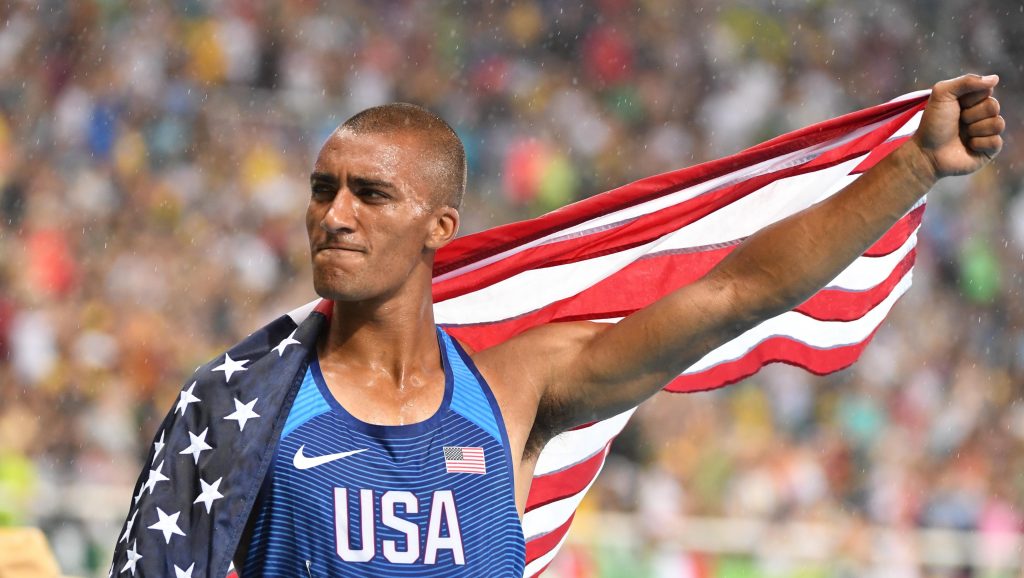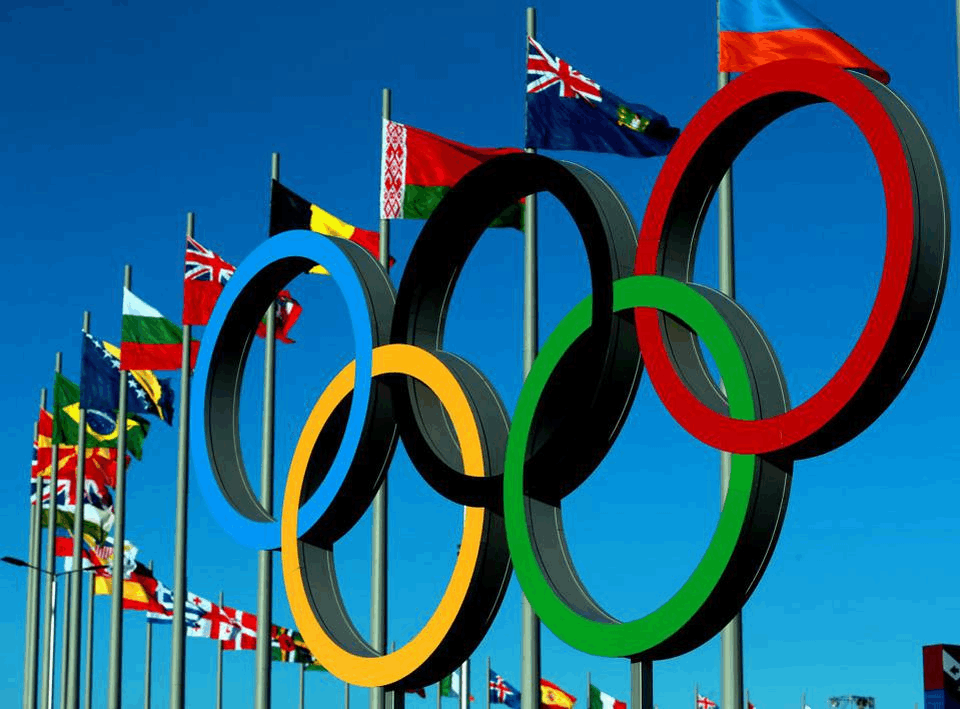If you want to push your body to the limit, the decathlon is one way to go. Participants in a decathlon must complete 10 different track and field events in two days. The word decathlon was formed from the word “pentathlon,” which is a combination of two Greek words that mean ten, and prize or contest.
Decathlon events are usually held on two consecutive days and the winners are usually determined by combining the performance of all the participants. This performance is usually judged through a points system on each of the events, and not by the position achieved per event. The decathlon is usually contested by male athletes, while female athletes compete in the heptathlon.
Decathlon is similar to Pentathlon, which was held during the ancient Greek Olympics. It is also similar to an all-round competition that is contested in the United States amateur championship that was held in 1884. There was another all-round competition that was held in 1904 during the Summer Olympics. The modern-day decathlon first competed in 1912.

What Is The History Of The Decathalon?
The decathlon competition was developed from pentathlon, which is an original ancient competition that was held during the Greek Olympics. Pentathlon usually involved five competitions – Long Jump, discus throw, sprint, javelin throw, and wrestling. This was introduced in 708 BC in Olympia. The competition became extremely popular for many centuries, and by the sixth century BC, pentathlon had become a part of some religious games.
Originally, the decathlon was a three-day event that took place during the Olympics with the first competition taking place in 1912. The decathlon competition currently lasts two days and the participants are usually involved in 10 track and field events. Decathlon events include the following:
First day: 100-meter dash, running long (broad) jump, shot put, high jump and 400-meter rung
Second day: 110-meter hurdles, discus throw, pole vault, 1,500-meter run, and Javelin throw.
The competitors receive a score on their performance in each of the events as per a table that was established by the International Association of Athletics Federation (IAAF). The table has been changed over time in order to keep pace with world records. The first table was used from 1912 – 1936. At that time, the decathlon was still a 3-day event.
The second table was used from 1936-1950. Minor revisions were done in 1952, and the third table was then used from 1952-1964. All the tables emphasized excellent performances in individual events. A fourth table was then in use from 1964-1985, and a fifth table was introduced in the competition in 1985. This table favored athletes who could score evenly in all 10 of the events.
The Women’s Heptahlon
This is a major competition for women and it is equivalent to the decathlon. It is a seven-event competition that is called the heptathlon and prior to 1981 it was known as the pentathlon because it was a five-event competition. In 2001, the IAAP approved the scoring tables in the women’s competition. The events include the following:
Day One: 100-meter event, Discus throw, pole vault, javelin throw, and 400 meters.
Day two: 100-meter hurdles, Long Jump, Shotput, High Jump and 1500 meters
The current world record holder is Austra Skuivte from Lithuania. The women’s disciplines differ from the men’s the same as the standalone events differ. The schedule of events also differs with the field events which are switched between day one and two. Thisthe helps to avoid the scheduling conflicts between the men and women’s competitions.
The One-Hour Decathlon
This is a special type of decathlon competition where athletes must complete all nine of the decathalon’s 10 events within 60 minutes while also starting that tenth event within those 60 minutes. So people competing in the one-hour decathlon must do within just over an hour, all 10 events that folks do over 10 days. The record-holder in the world in this competition is Robert Zmelik from the Czech Republic, who achieved 7,897 points at the meeting held in Czechoslovakia in 1992.

Famous Decathlon Athletes
Traditionally, the “world’s greatest athlete” is given to the person that wins the decathlon by having the most points. This tradition started in 1912 when Gustav V from Sweden told the winner Jim Thorpe, “You, Sir, are the world’s greatest athlete.” This was after Thorpe had won the decathlon competition in Stockholm.
Americans are of course familiar with Bruce Jenner, now known as Caitlyn Jenner, who became famous under the fourth table of the decathlon competition. Other famous athletes include Jim Thorpe, Akilles Jarvinen of Finland, Hans Sievert of Germany and James Baush of the US. Daley Thompson of the UK and Tomas Dvorak of the Czech Republic also excelled under the fifth table of the decathlon. The current world’s greatest decathlon athlete is Kevin Mayer who won in September 2018.
The History Of The Decathlon Conclusion
Decathlon is one of those competitions that most people do not understand. This review gives you the history of the Decathlon, and we hope that you shall finally be able to follow Decathlon events at the next Olympics.







